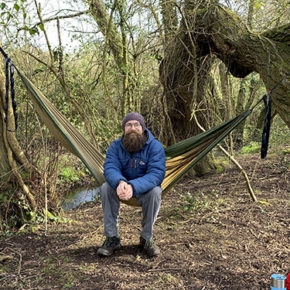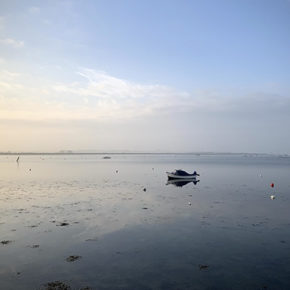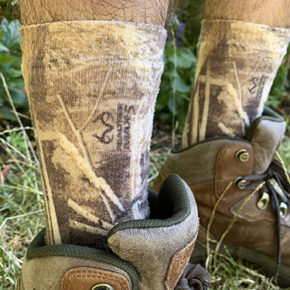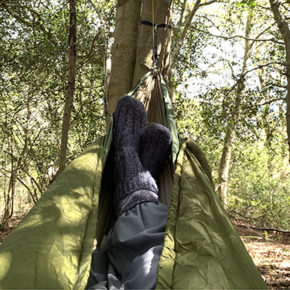Test/Review: This Is Strobist Info
Going back a few years now, there was a huge surge in the interest in small-light flash technique. In no small part due to the fantastic teachings of Mr. David Hobby over at Strobist.com, many photographers – both professional and enthusiast – ditched their larger lights in favour of a more portable approach to illuminating their subjects.
Not surprisingly, there have subsequently been a plethora of related books, DVDs, websites, workshops and more, all aimed at educating photographers in how to work with small flash guns.
This Is Strobist Info by Dustin Diaz (123 pages including index, Peachpit Press) takes the fairly typical route of explanation – i.e. it details the basic kit you will need and offers real-world examples of the effects created within a series of locations and scenarios.
What is a nice departure for a book of this ilk is that, aside from the first (illustrated) 18 pages, each double page features two full-bleed photographs; on the left is the ‘finished result’ and on the right you get a behind-the-scenes (BTS) set-up shot. Nice touch.
The BTS information provided is ample; too many examples of this approach are over-complicated by arrows, break-out boxes and kit-worship references.
Here, we are simply told the camera, lens (including operating focal length at time of capture), ISO, aperture and shutter speed. That’s along the bottom of the right-hand page; within the BTS pictures themselves, we see all kit used (apart from the camera), along with information boxes showing distance of lights from subject, size of light modifiers etc. Again, nicely laid out and to the point.
So, what’s not to like about this book?
Well, the ‘finished result’ pictures, whilst functional, are not exactly what you’d call inspirational – and I like to be inspired by photographs. Especially those which are accompanied by behind-the-scenes narrative. Sure, they are technically proficient in the most part – but for me, they just don’t have the ‘wow factor’ that you get in similar books from the likes of Joe McNally. It also bugs me that you can see what appear to be sensor dust marks in some of the final images.
All too often, authors writing on the subject of lighting are unashamedly biased towards one manufacturer or another. Usually, this comes down to a number of factors including product endorsements and the ever-present Nikon vs. Canon debate.
Refreshingly, Diaz makes it clear from the start that, although he does favour the above manufacturers (in no small part because of their individual system compatibility – a point I would whole-heartedly support), alternative brands do offer the kit capable of giving you the desired results.
The opening chapter also discusses radio triggers (Pocket Wizard vs. Radio Popper vs. Cactus), being instantly dismissive of hardwired (traditional, cabled) alternatives. The argument here is: Wireless triggers can be purchased relatively cheaply these days so why would you bother with all those cables? I see what he’s getting at (I’m a big fan of wireless technology, as you know), but I would always suggest that traditional backup be added to any lighting kit, just in case of malfunction – especially when working at a remote location.
Next, the reader is guided through the usual gamut of associated paraphernalia – all of which has a purpose to varying degrees, depending on your requirements and working knowledge when it comes to lighting. Umbrellas, soft boxes, grid spots etc – it’s all there.
Chapter 2 is very useful, talking you through the mechanics of lighting pictures (once the basics of shutter speed, aperture ISO etc are safely established). On first inspection, some readers might question why Diaz has chosen to take them back to square one. But actually, it’s a good tactic, and a great way to make you realise that flashes work in increments (stops) of light, just like cameras do.
From here we’re introduced to Guide Numbers and (the much-maligned but little-understood) Inverse Square Law. If you’re new to working with flashes, you shouldn’t feel daunted by this; the author again explains things simply, relating advice to simple examples.
And so, in conclusion…
Should you consider this book if you’re looking to dabble with off-camera small flash lighting? Yes, absolutely. For one thing, the opening chapters do a great job of breaking down the basics in manageable, easy to understand pieces.
Novices will instantly have the know-how to inform their purchases and tentative first steps in this area; the more experienced among you will no-doubt take away some inspiration to get out there and experiment a little more than perhaps you might have before. You never know, might just learn something.
Category: Test/Review












